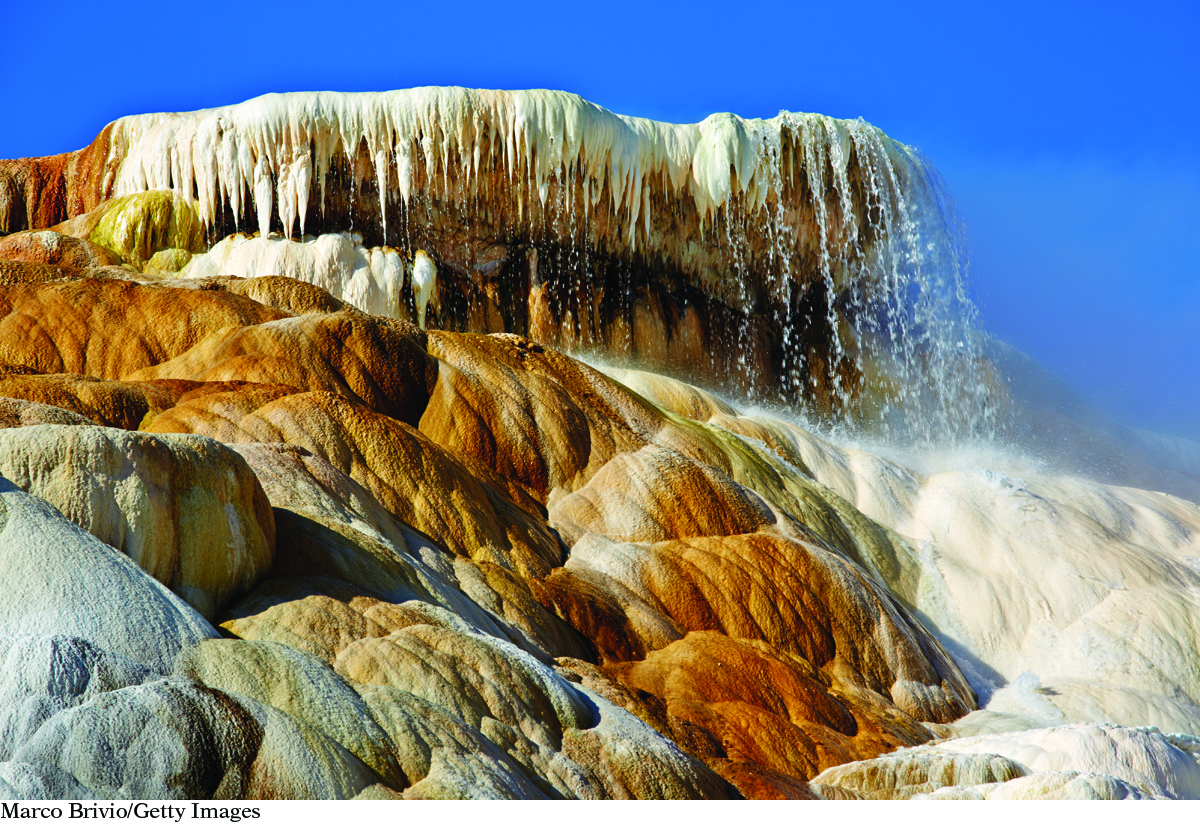Chapter 23 Summary

CHAPTER 23
Chemical Equilibrium
SUMMARY
KEY TERMS
indicator
pigment
reversible process
chemical equilibrium
equilibrium constant K
equilibrium-constant equation
Showtime Update
Many chemical processes proceed in the forward and reverse directions. Colorful indicator molecules dissolved in solutions of varying acidity can provide evidence of what is happening on the atomic scale. The color of the solution shows conditions that favor the forward process and other conditions that favor the reverse process.
Unlike combustion reactions, which go to completion to become products, in reversible processes both the forward and reverse processes occur simultaneously. Reversible processes are written with a double arrow to show that both the forward and reverse processes occur at the same time.
When both the forward and reverse processes occur at equal rates, the mixture is at chemical equilibrium. Examples of equilibrium mixtures include the back-and-forth evaporation of water in a closed container or the dissociation of an acid such as hydrofluoric acid, HF into ions in solution:
HF(aq) ⇋ H+(aq) + F−(aq)
At equilibrium, the rate of the forward process is equal to the rate of the reverse process, but this does not mean that the amounts of starting substances and products are necessarily equal. While there is change on an atomic scale, the amounts of starting substances and products do not change once equilibrium is reached.
There is a mathematical relationship between the amounts of starting substances and products in an equilibrium mixture. This relationship can be described by the equilibrium-constant equation. The equilibrium constant K is the same for a specific reversible process at a specified temperature.
REVIEW EXERCISES
Question 23.1
1. Suppose that you have a 0.10 M HCl solution and a 0.10 M HF solution. The HCl solution has an H+ concentration that is 0.10 M. The HF solution has an H+ concentration that is 0.010 M.
Hydrochloric acid is a strong acid. Write a chemical equation to describe what happens in solution.
Draw a particle view showing what happens to 10 HCl molecules when they are dissolved in a tiny volume of water.
For the same concentration of acid, the H+ concentration is smaller. Write a chemical equation to describe what happens in solution.
Draw a particle view showing what happens to 10 HF molecules when they are dissolved in a tiny volume of water.
Question 23.2
2. Suppose that you are studying an aqueous solution with the ammonium ion, NH4+. The chemical equation describing the equilibrium mixture is
NH4+(aq) ⇋ H+(aq) + NH3(aq)
A 0.10 M solution has a pH of 2.9. Is the ammonium ion, NH4+, a strong acid, a strong base, a weak acid, or a weak base? Explain how you know.
List all the molecules and ions that would be present in a 0.1 M solution of the ammonium ion.
Write the equilibrium-constant equation for the ammonium ion (K = 1.8 × 10−5).
If [NH4+] = 0.50 M at equilibrium, what is the pH of the solution?
If you add ammonia, NH3, to an acidic solution, the pH increases. Explain why.
Question 23.3
3. Write the equilibrium-constant equations for these reversible processes.
A(aq) + B(aq) ⇋ C(aq) + D(aq)
COCl2(g) ⇋ CO(g) + Cl2(g)
PbCl2(s) ⇋ Pb2+(aq) + 2Cl−(aq)
Question 23.4
4. For the reaction N2(g) + 3H2(g) ⇋ 2NH3(g), complete these exercises:
Write the equilibrium-constant equation.
Solve for K if the equilibrium concentrations are [N2] = 0.1 M, [H2] = 0.2 M, [NH3] = 0.1 M.
Based on your answer to part b, do you think that this reaction produces an equilibrium mixture that favors starting substances, products, or both about equally?